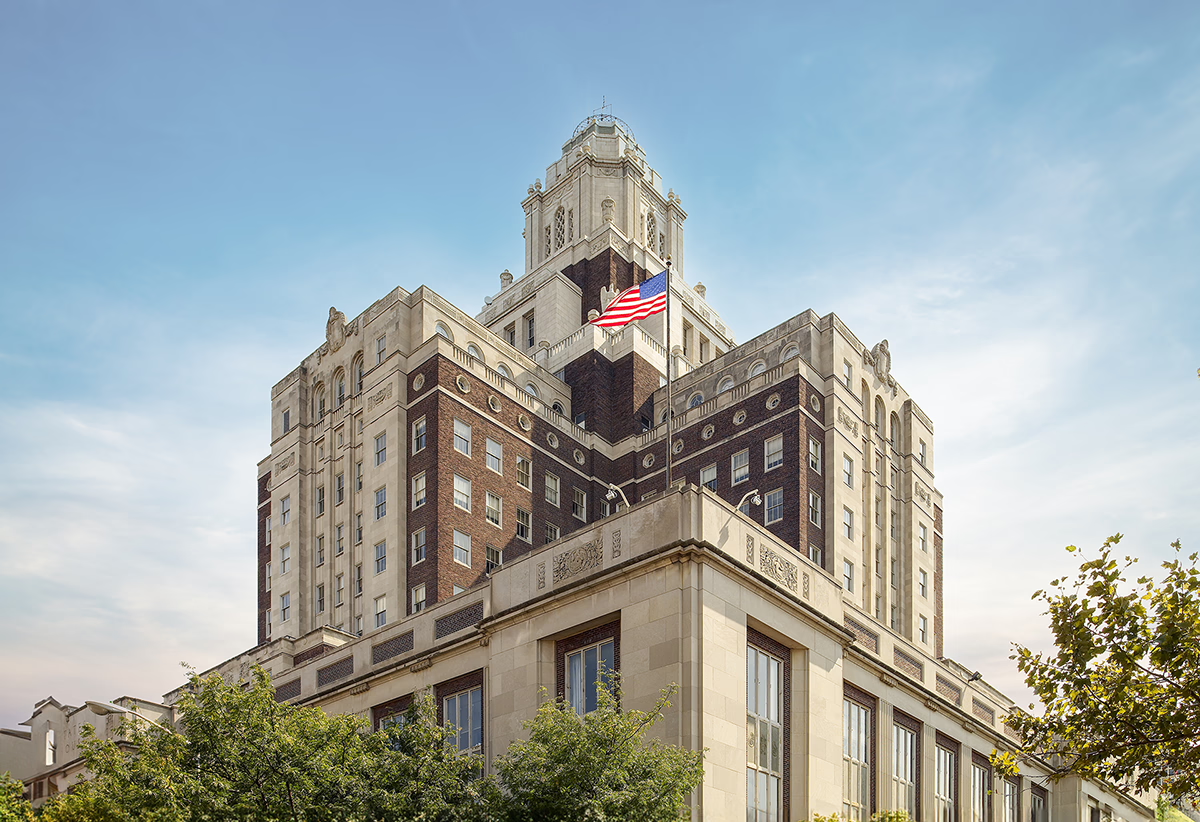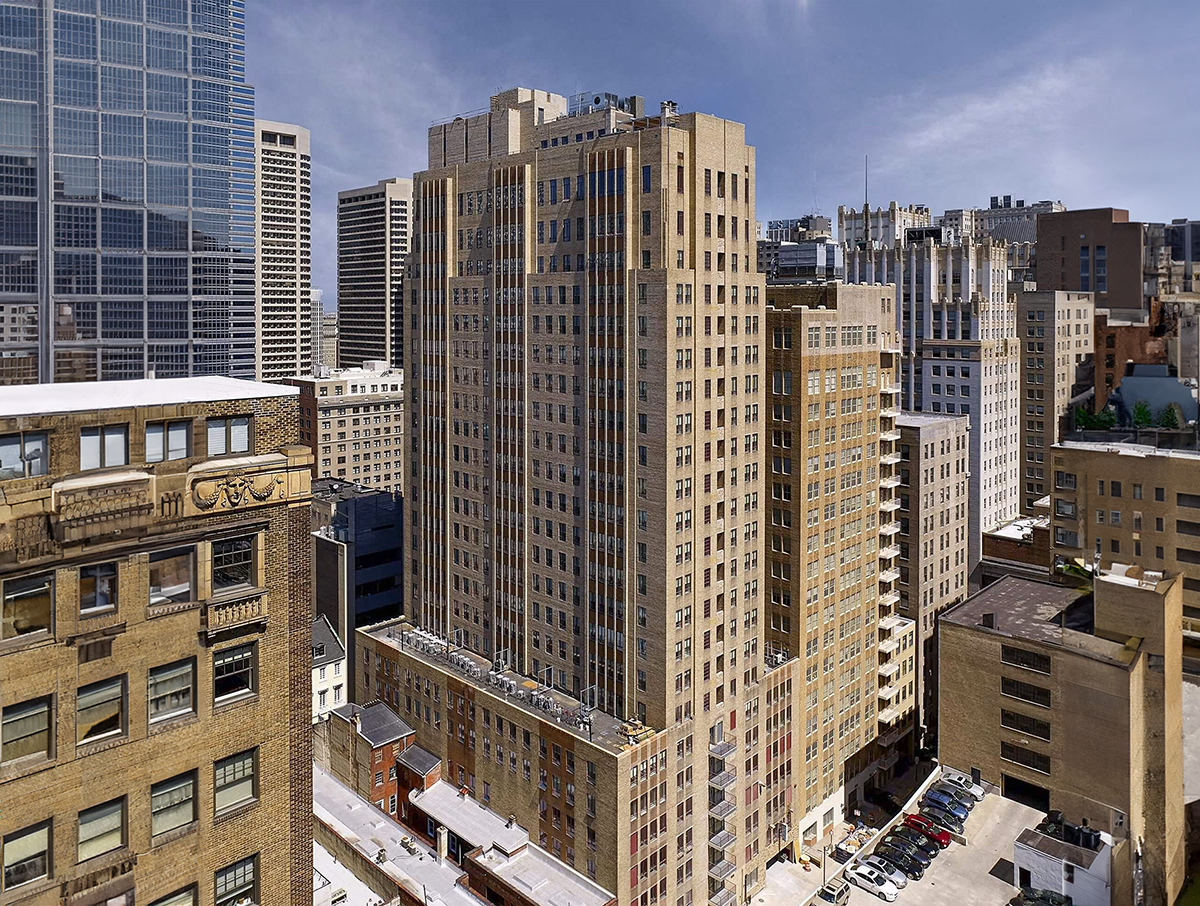United States Custom House vs 1616 Walnut Street Building


Comparing the United States Custom House and the 1616 Walnut Street Building is interesting because they both stand in Philadelphia, PA, and were completed within 4 years of each other, but they were designed by different architects.
This offers a unique glimpse at how rival designers approached projects in the same city during the same era.
Height & Size
The 1616 Walnut Street Building is clearly the larger tower of the two, both in terms of height and number of floors. It rises to 308ft (94m) with 24 floors above ground, while the United States Custom House reaches 285ft (87m) with 17 floors above ground.
Despite being taller and having more floors, 1616 Walnut Street Building has less total built-up area than United States Custom House.
Of course, each project may have faced different briefs or regulatory constraints, which we don't really know about and could also explain the outcome.
Architectural Style
Both the United States Custom House and the 1616 Walnut Street Building were designed in line with the aesthetic conventions of the Art Deco style.
At the time, this style was at the height of its popularity. So both Ritter & Shay and Tilden, Register & Pepper followed what was in many ways expected of them, producing designs that fit comfortably within contemporary architectural norms, rather than breaking with convention.
Uses
The United States Custom House is primarily governmental, while the 1616 Walnut Street Building is primarily residential.
Originally, the 1616 Walnut Street Building was designed for commercial, but over time it was converted to residential. The United States Custom House by contrast has maintained its original role.
The 1616 Walnut Street Building offers 220 residential units.
Both towers provide significant parking capacity, with United States Custom House offering 30 spaces and the 1616 Walnut Street Building offering 160.
Structure & Facade
These two towers illustrate the many possible ways to combine structure and enclosure in skyscraper design.
| United States Custom House | 1616 Walnut Street Building | |
|---|---|---|
| Ritter & Shay | Architect | Tilden, Register & Pepper |
| 1932 | Construction Started | 1929 |
| 1934 | Year Completed | 1930 |
| Art Deco | Architectural Style | Art Deco |
| Governmental | Current Use | Residential |
| 17 | Floors Above Ground | 24 |
| 1 | Floors Below Ground | 1 |
| 87 m | Height (m) | 94 m |
| 52490 | Built-up Area (m²) | 27592 |
| Limenstone, Bricks, Terracotta | Main Facade Material | Bricks, Stone |
| PA | State | PA |
| Philadelphia | City | Philadelphia |
| 200 Chesnut Street | Address | 1616 Walnut Street |